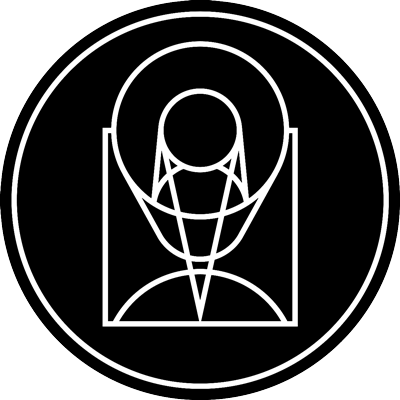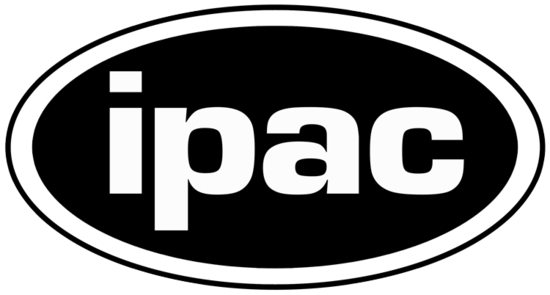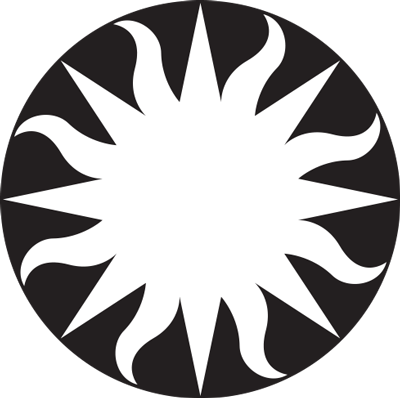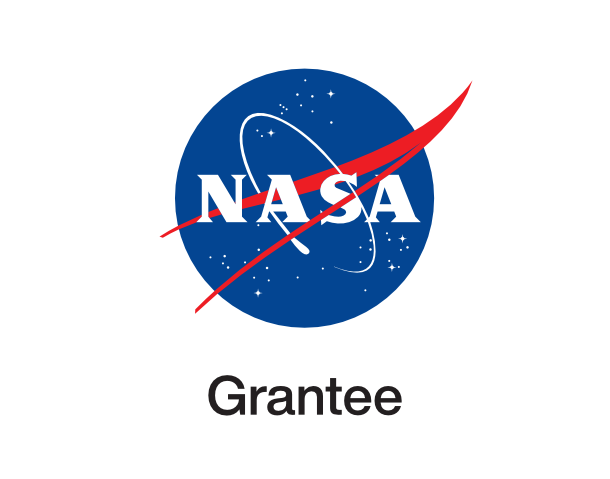Leaving on a jet

esahubble_potw2340a October 2nd, 2023
Credit: ESA/Hubble & NASA, R. Fedriani, J. Tan
This spectacular image shows a region called G35.2-0.7N, which is known as a hotbed of high-mass star formation. The kind of stars that form here are so massive that they will end their lives as destructive supernovae. However, even as they form they greatly impact their surroundings. At least one B-type star — the second most massive type — lurks within the region pictured here, and a powerful protostellar jet that it is launching towards us is the source of the spectacular light show. The image was taken with the Wide Field Camera 3 (WFC3), which is mounted on the NASA/ESA Hubble Space Telescope, and the region G35.2-0.7N lies around 7200 light-years from Earth in the constellation Aquila. This beautiful picture was assembled using data that were collected primarily for very specific research purposes, as are many of the Hubble Pictures of the Week. The research conducted using these data included measuring the extent of ionisation in the jets being blasted out of the protostar buried within G35.2-0.7N. Ionisation is a process by which atoms or molecules become charged, often because they are in such a high-energy environment that they have lost some of their electrons (the tiny negatively charged particles that orbit nuclei in atoms and molecules). Protostellar jets are enormous collimated beams of matter that are ejected from protostars. Collimated simply means that the matter is ejected in parallel (column-like) streams, which in turn means that the jets do not spread out much, but extend out very far in relatively straight lines. The visual result of the ejected matter is the glorious display visible in this image. Much of the nebula is dark, with light being blocked from Hubble’s view by the rich dust clouds that produce these massive stars. Near the very centre can be seen the location of the star and the jet of material it is emitting. The small, bright orange streak there is a cavity in the dust carved out by the ferocity of the jet as it streams towards us. By breaking through its dusty cocoon, the jet reveals light from the protostar, but there is still so much dust that the light is “reddened” to a fiery orange. The massive protostar lies at the very lower-left tip of this cavity. [Image Description: A nebula with stars. Dense clouds of dust and gas cover the left-hand side and a filament crosses the centre horizontally. Billowing streams of gas and dust in various colours emerge from around the centre. The very centre of the image is permeated with glowing orange regions. Many blue stars with cross-shaped spikes lie in the foreground, and small point-like stars are visible beyond the clouds.] Links Pan: Leaving on a jet
Provider: Hubble Space Telescope | ESA
Image Source: https://esahubble.org/images/potw2340a/
Curator: ESA/Hubble, Baltimore, MD, United States
Image Use Policy: Creative Commons Attribution 4.0 International License

- ID
- potw2340a
- Subject Category
- Subject Name
- Stellar Evolution
- Credits
- ESA/Hubble & NASA, R. Fedriani, J. Tan
- Release Date
- 2023-10-02T06:00:00
- Lightyears
- Redshift
- Reference Url
- https://esahubble.org/images/potw2340a/
- Type
- Observation
- Image Quality
- Distance Notes
- Facility
- Hubble Space Telescope, Hubble Space Telescope, Hubble Space Telescope, Hubble Space Telescope
- Instrument
- WFC3, WFC3, WFC3, WFC3
- Color Assignment
- Blue, Cyan, Green, Red
- Band
- Infrared, Infrared, Infrared, Infrared
- Bandpass
- YJ, Paschen ß, H, Fe II
- Central Wavelength
- 1100, 1280, 1600, 1640
- Start Time
- Integration Time
- Dataset ID
- None, None, None, None
- Notes
- Coordinate Frame
- ICRS
- Equinox
- J2000
- Reference Value
- 284.5519953833594, 1.6767284998417986
- Reference Dimension
- 954.0, 1057.0
- Reference Pixel
- 477.0, 528.5
- Scale
- -3.5557117278402036e-05, 3.5557117278402036e-05
- Rotation
- -55.319999999999979
- Coordinate System Projection:
- TAN
- Quality
- Full
- FITS Header
- Notes
- Creator (Curator)
- ESA/Hubble
- URL
- https://esahubble.org
- Name
- Telephone
- Address
- ESA Office, Space Telescope Science Institute, 3700 San Martin Dr
- City
- Baltimore
- State/Province
- MD
- Postal Code
- 21218
- Country
- United States
- Rights
- Creative Commons Attribution 4.0 International License
- Publisher
- ESA/Hubble
- Publisher ID
- esahubble
- Resource ID
- potw2340a
- Resource URL
- http://esahubble.org/media/archives/images/original/potw2340a.tif
- Related Resources
- Metadata Date
- 2023-09-20T15:37:54+02:00
- Metadata Version
- 1.1
Detailed color mapping information coming soon...















